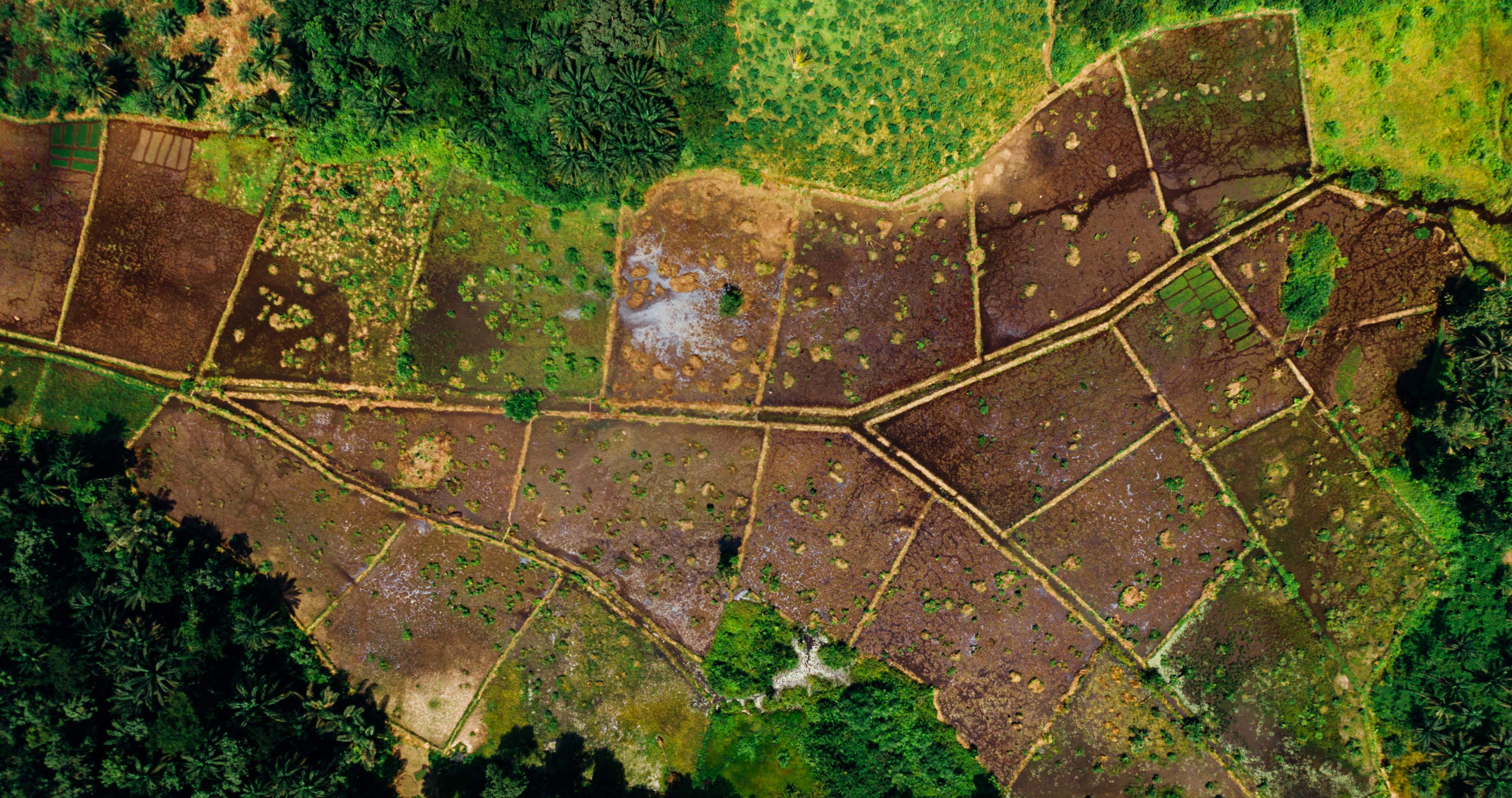

Understanding land zoning is paramount for developers, investors, and urban planners alike. Land zoning delineates the permissible uses of land in specific areas, ensuring orderly development, mitigating conflicts, and promoting sustainable growth. In this comprehensive guide, we delve into the intricacies of Kenya's land zoning system, elucidating its diverse types and the implications they hold for stakeholders.
Land zoning is a regulatory tool employed by governments to designate specific land uses within defined geographical areas. It serves as a blueprint for urban development, guiding the allocation of land for residential, commercial, industrial, agricultural, conservation, and other purposes.
In Kenya, where rapid urbanization and population growth exert pressure on land resources, comprehending the nuances of land zoning is indispensable. Effective land zoning ensures efficient land utilization, safeguards environmental integrity, and fosters sustainable urban and rural development. It provides clarity to developers, investors, and policymakers, facilitating informed decision-making and promoting socio-economic progress.
Residential zoning in Kenya delineates areas primarily intended for housing purposes. It segregates land into subcategories such as single-family, multi-family, and mixed-density residential zones, each catering to distinct housing needs and densities.
Single-family zoning designates land exclusively for detached dwellings, providing residents with privacy and ample yard space. These zones typically feature low-density housing developments, fostering a serene residential ambiance.
Multi-family zoning permits the construction of various housing types, including apartments, townhouses, and condominiums. These zones accommodate higher population densities, promoting urban infill and efficient land utilization.
Kenya's residential zoning regulations prescribe parameters regarding building height, setback requirements, lot sizes, and architectural design standards. These regulations aim to maintain neighborhood aesthetics, ensure adequate infrastructure provision, and safeguard public safety and welfare.
Notable residential zoning areas in Kenya include Nairobi's affluent suburbs like Karen, Runda, and Lavington, characterized by spacious plots, upscale residences, and well-manicured landscapes. Additionally, burgeoning satellite towns like Kiambu and Athi River offer diverse residential options, catering to varying income levels and lifestyle preferences.
Commercial zoning designates land for non-residential activities, encompassing retail, office, industrial, and mixed-use developments. It aims to create vibrant economic hubs, facilitate business operations, and promote employment generation.
Retail zoning encompasses areas designated for shopping centers, malls, and standalone retail outlets. These zones cater to consumer needs, offering a diverse array of goods and services, and stimulate local commerce and trade.
Office zoning allocates land for commercial office spaces, corporate headquarters, and business parks. These zones facilitate administrative functions, professional services, and corporate activities, driving economic productivity and fostering innovation.
Industrial zoning designates land for manufacturing, warehousing, and industrial activities. These zones accommodate heavy machinery, industrial processes, and logistical operations, contributing to job creation and economic diversification.
Kenya's commercial zoning regulations govern parameters such as floor area ratios, building heights, parking requirements, and land use compatibility. They aim to balance economic development with environmental sustainability, ensuring harmonious coexistence between commercial enterprises and adjacent land uses.
Prominent commercial zones in Kenya include Nairobi's Central Business District (CBD), characterised by skyscrapers, corporate headquarters, and bustling commercial activity. Additionally, industrial parks like the Athi River EPZ and Mombasa's Shimanzi area serve as key manufacturing and logistics hubs, driving Kenya's industrialization agenda
Agricultural zoning designates land for agricultural production, encompassing crop farming, livestock rearing, agroforestry, and horticulture. It aims to preserve arable land, promote food security, and sustain rural livelihoods.
Crop farming zones allocate land for the cultivation of cereals, vegetables, fruits, and cash crops. These zones vary in soil fertility, climate suitability, and water availability, influencing crop selection and agricultural practices.
Livestock rearing zones designate land for animal husbandry, including cattle, sheep, goats, and poultry farming. These zones provide grazing pastures, fodder crops, and veterinary services, supporting livestock production and meat supply chains.
Kenya's agricultural zoning regulations govern land use conversions, irrigation schemes, soil conservation measures, and agrochemical usage. They incentivize sustainable agricultural practices, promote value addition, and enhance market access for farmers, fostering agricultural productivity and rural development.
Key agricultural zones in Kenya include the fertile highlands of Rift Valley, Central, and Western regions, renowned for their conducive climates and diverse agro-ecological zones. Additionally, peri-urban areas like Kiambu and Machakos counties exhibit vibrant agricultural activities, supplying fresh produce to urban markets.
Mixed-use zoning integrates diverse land uses within interconnected developments, fostering vibrant, walkable communities. It combines residential, commercial, recreational, and institutional functions, promoting social interaction, economic vitality, and environmental sustainability.
Mixed-use developments feature a blend of housing options, retail amenities, office spaces, and public spaces, creating lively urban environments. They prioritize pedestrian-oriented design, transit accessibility, and environmental stewardship, enhancing quality of life and fostering a sense of place.
Kenya's mixed-use zoning regulations address issues such as building heights, land use compatibility, parking management, and public amenities provision. However, challenges related to land use conflicts, infrastructure provision, and regulatory compliance may arise, necessitating collaborative planning efforts and innovative solutions.
Notable examples of successful mixed-use zones in Kenya include Nairobi's Westlands area, characterized by high-rise apartments, commercial offices, retail malls, and recreational facilities. Additionally, emerging developments like Tatu City and Two Rivers Mall exemplify integrated mixed-use concepts, redefining urban living and working paradigms.
Conservation zoning designates land for the preservation of natural habitats, biodiversity hotspots, and ecologically sensitive areas. It aims to safeguard ecosystems, protect wildlife species, and maintain ecological balance for present and future generations.
Preserving natural habitats in Kenya is crucial for biodiversity conservation, ecosystem services provision, and climate change mitigation. It sustains iconic wildlife species like elephants, lions, and rhinos, supports local communities' livelihoods, and promotes eco-tourism as a sustainable economic driver.
Kenya boasts an extensive network of protected areas, including national parks, game reserves, and marine sanctuaries. Iconic destinations like Maasai Mara, Amboseli, and Tsavo attract tourists from around the globe, offering unparalleled wildlife viewing experiences and contributing to Kenya's tourism revenue.
Kenya's conservation zoning regulations enforce strict controls on land use activities within protected areas, prohibiting destructive practices like poaching, logging, and habitat encroachment. They empower conservation agencies like Kenya Wildlife Service (KWS) and Kenya Forest Service (KFS) to enforce wildlife laws, patrol protected areas, and engage local communities in conservation initiatives.
Special zoning categories in Kenya encompass areas designated for religious institutions, educational campuses, and government facilities. These zones accommodate diverse public amenities, including churches, mosques, schools, colleges, universities, government offices, and administrative centers.
Specialised zoning categories allocate land for healthcare facilities, including hospitals, clinics, and medical centers, ensuring equitable access to healthcare services for communities across Kenya. Additionally, recreational zones designate land for parks, playgrounds, sports facilities, and cultural venues, promoting active lifestyles and social cohesion.
Kenya's unique zoning considerations encompass cultural heritage sites, archaeological reserves, and indigenous community lands. These areas require sensitive planning approaches, incorporating traditional knowledge, community participation, and heritage preservation principles.
Future trends in land zoning in Kenya include the adoption of smart growth principles, transit-oriented development (TOD), and green infrastructure planning. These approaches prioritize compact, mixed-use developments, public transit connectivity, and sustainable resource management, fostering resilient and livable communities.
Challenges facing Kenya's zoning regulations include inadequate infrastructure provision, informal settlements proliferation, and land use conflicts. Rapid urbanization strains existing services and infrastructure, exacerbating socio-economic disparities and environmental degradation.
Addressing Kenya's zoning challenges requires holistic policy interventions, stakeholder collaboration, and capacity-building efforts. Solutions may include promoting affordable housing, enhancing public transportation, upgrading infrastructure, and streamlining regulatory processes. Embracing participatory planning approaches and leveraging technology can enhance transparency, accountability, and public engagement in land use decision-making.
In conclusion, navigating Kenya's land zoning intricacies is essential for fostering sustainable development, promoting economic prosperity, and preserving environmental integrity. By understanding the varied types of land zoning and their implications, stakeholders can make informed decisions, mitigate risks, and harness opportunities for inclusive growth. Adhering to land zoning regulations ensures orderly urbanization, safeguards natural resources, and enhances quality of life for present and future generations.
